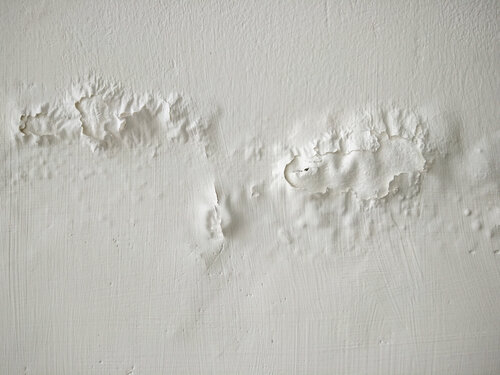Seelan, also known as efflorescence, can be a common nuisance on walls, particularly in areas with high humidity or water exposure. It not only affects the aesthetic appeal of the walls but also indicates potential damage to the structure. In this guide, we will explore effective methods to remove Seelan from walls and prevent its recurrence.
Introduction to Seelan on Walls

Seelan refers to the white, powdery substance that appears on walls due to the deposition of soluble salts. It often manifests as a result of water infiltration, which dissolves minerals in the masonry and carries them to the surface. Seelan is primarily composed of salts such as calcium carbonate, magnesium sulfate, and potassium sulfate. When water evaporates from the surface, these salts crystallize, forming the characteristic white deposits.
Understanding Seelan and its Impact
What is Seelan?
eelan is primarily composed of salts such as calcium carbonate, magnesium sulfate, and potassium sulfate. When water evaporates from the surface, these salts crystallize, forming the characteristic white deposits.
Causes of Seelan Formation
Several factors contribute to the formation of Seelan, including:
- Water leakage or seepage from plumbing or external sources
- Poor drainage systems
- High humidity levels
- Improper curing of concrete or mortar
Impact of Seelan on Walls
Aside from its unsightly appearance, Seelan can indicate underlying structural issues such as water damage, which, if left unaddressed, may lead to deterioration of the walls and compromise their integrity. The salt deposits can also cause further damage by attracting moisture and promoting the growth of mold and mildew.
Preparation before Removing Seelan

Before initiating the Seelan removal process, it’s essential to prepare adequately:
Gathering Necessary Materials
- Scrubbing brush or sponge
- Mild detergent or specialized Seelan remover
- White vinegar or lemon juice
- Protective gloves and goggles
- Respirator mask (if using chemical cleaners)
- Sandpaper
- Paint and primer (if repainting)
Ensuring Safety Measures
- Ensure proper ventilation in the area and wear protective gear to prevent skin and respiratory irritation during the cleaning process.
- Clear the area of any furniture or belongings that may be affected by the cleaning process.
- Cover nearby surfaces with drop cloths or plastic sheeting to protect them from splashes or spills.
- Methods to Remove Seelan from Walls Scrubbing with Detergent Solution Begin by scrubbing the affected area with a mild detergent solution and a brush or sponge. This method helps remove surface deposits and dirt.
Methods to Remove Seelan from Walls
Scrubbing with Detergent Solution
Begin by scrubbing the affected area with a mild detergent solution and a brush or sponge. This method helps remove surface deposits and dirt.
Using Vinegar or Lemon Juice
Alternatively, mix equal parts of white vinegar or lemon juice with water and apply the solution to the Seelan-affected areas. Allow it to sit for a few minutes before scrubbing and rinsing thoroughly.
Applying Chemical Cleaners
For stubborn Seelan deposits, consider using commercial Seelan removers available at hardware stores. Follow the manufacturer’s instructions carefully and use protective gear as recommended. Some effective chemical cleaners include hydrochloric acid solutions or specialized masonry cleaners.
Sanding and Repainting
In cases where Seelan has penetrated deep into the wall surface, sanding may be necessary to remove the deposits effectively. After sanding, prime and repaint the affected areas to restore the wall’s appearance.
Tips for Effective Seelan Removal
Test on a Small Area First
Before applying any cleaning solution or chemical cleaner to the entire wall, test it on a small, inconspicuous area to ensure compatibility and avoid damage.
Work in Sections
To prevent the cleaning solution from drying out prematurely, work in small sections, ensuring thorough cleaning and rinsing before moving on to the next area.
Use Protective Gear
Always wear protective gloves, goggles, and, if necessary, a respirator mask when handling cleaning solutions or chemical cleaners to minimize exposure to harmful fumes or skin irritation.
Preventing Seelan Formation in the Future
Proper Ventilation
Ensure adequate ventilation in enclosed spaces to minimize humidity levels, which can contribute to Seelan formation.
Regular Maintenance
Inspect walls regularly for signs of water damage or Seelan formation and address any issues promptly to prevent further deterioration.
Addressing Underlying Issues
Identify and address the root causes of Seelan, such as water leaks or poor drainage, to prevent recurrence.
Also Read:



